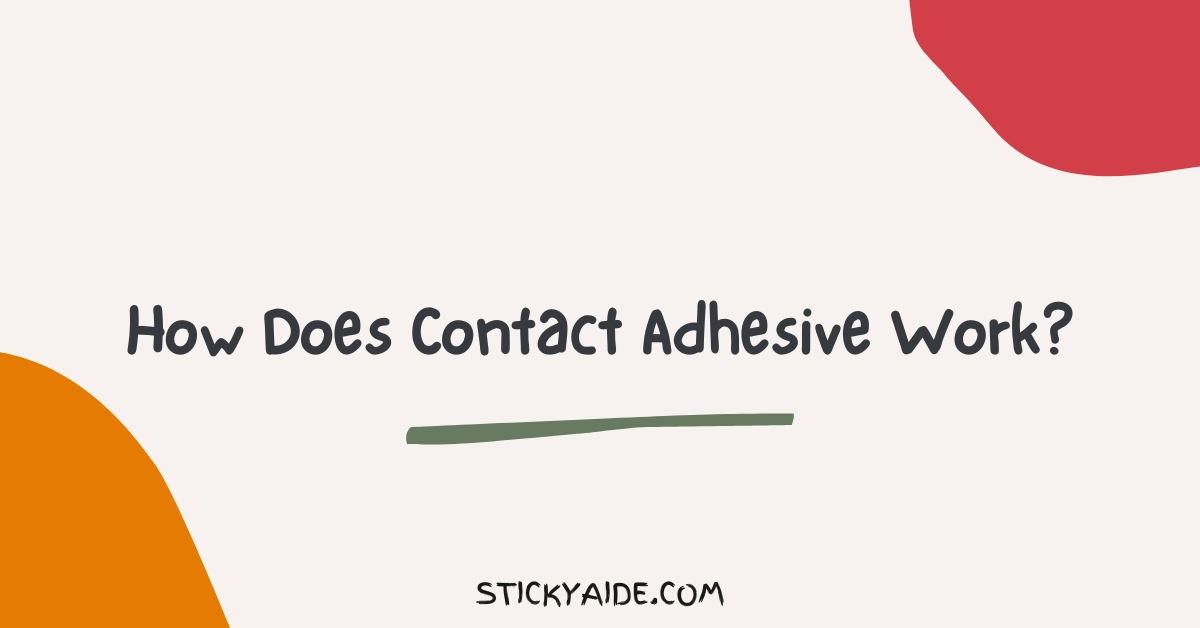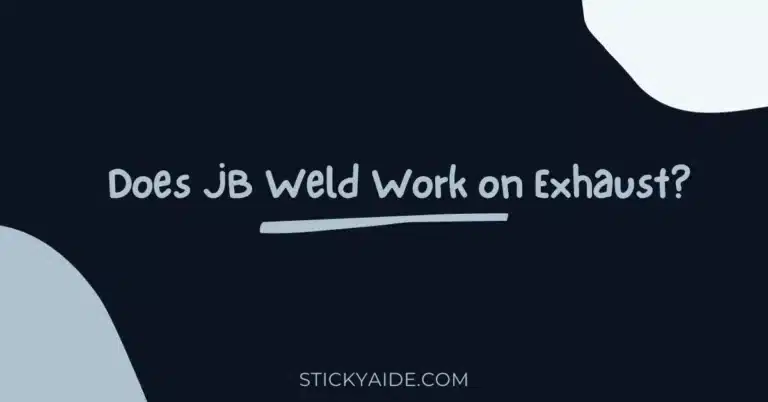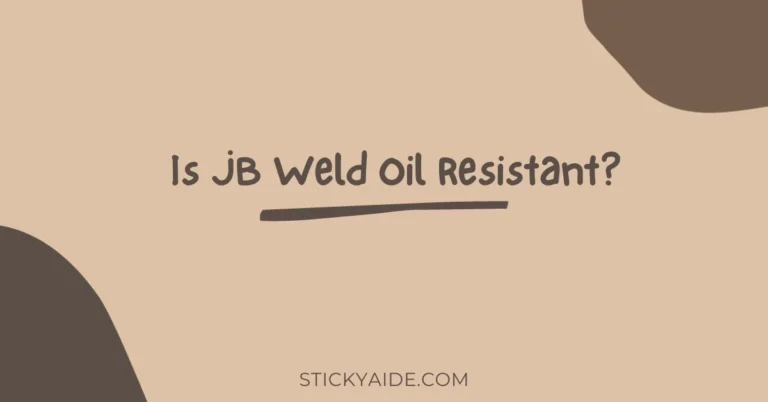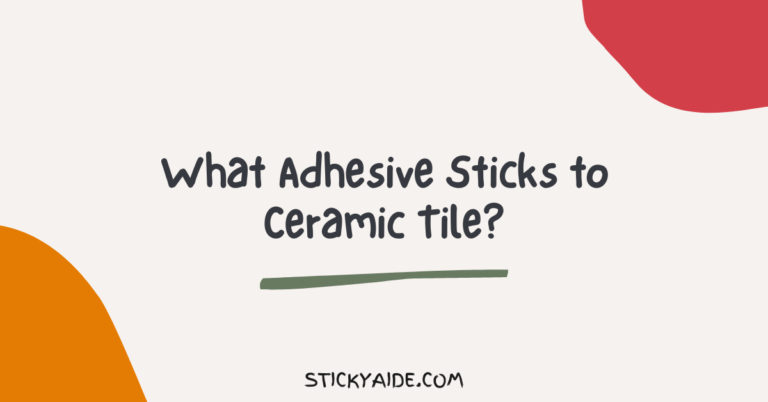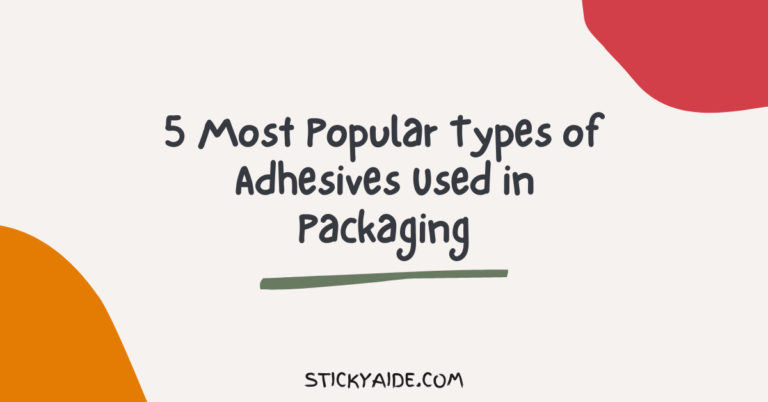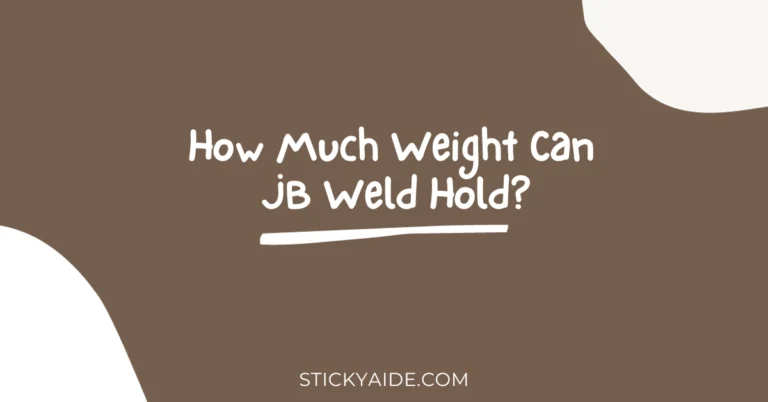If you’ve ever been on the receiving end of contact adhesive, you know it’s pretty stinky. But what does it do? How does contact adhesive work? It all comes down to chemistry, and I’m here to give you the answer. Read on to find out how contact adhesive works and why you should use it only as intended.
Read More: Best Contact Cement
How Does Contact Adhesive Work?
Contact adhesive forms a bond between two surfaces when they are brought into contact with each other. The bond is extremely strong and is resistant to weathering, vibration, and most solvents.
Contact adhesive can be used on various materials, including wood, metal, plastic, glass, and fabric. It is commonly used in the construction and automotive industries.
When two surfaces are brought into contact with each other, the adhesive flows from one surface to the other. The adhesive wets both surfaces and forms a bond that is strengthened by the evaporation of the solvent. The bond is further strengthened by the pressure applied to the surfaces during the drying process.
The bond formed by contact adhesive is a powerful and durable bond that is resistant to weathering, vibration, and most solvents.
Read More: Contact Cement vs. Contact Adhesive
How Is Contact Adhesive Used?
Several different types of adhesives can be used to seal a bandage. Depending on your bandage type, these can include contact adhesive and medical glue. Contact adhesive is used for flexible fabric bandages, such as fabric strips.
Once you’ve cleaned and dried your skin where you’ll be applying the bandage, simply rub a small amount of contact adhesive onto one side of your bandage material and affix it over your wound.
It would be best to let it sit for five to 10 minutes before wearing or applying any pressure over it. Once you’re done with that application, throw away or recycle your old contact adhesive-covered pad, so no one else uses it by mistake!
How Do You Spread Contact Adhesive?
Make sure your surface is clean and dry. Remove any dirt, dust or loose material that might get in your way while spreading contact adhesive.
If there are large pieces of dirt or dust in one area of your floor, it may be a good idea to vacuum that area before spreading contact adhesive.
It’s also a good idea to wear shoes with laces to avoid glue sticking to them (you don’t want drips down your foot).
Once you have spread an appropriate amount of contact adhesive (more on that later), set down something non-sticky (e.g., a sheet of wax paper) and walk around barefoot, pressing hard into the glue until you’ve created a sort of imprint in it.
Read More: Spray Adhesive vs. Contact Adhesive
How Long Does It Take For Contact Glue To Dry?
Contact glue will typically take about five minutes to dry, depending on how thick it is. Contact glue with a thinner consistency will dry faster than thicker options.
However, contact glue can take up to 15 minutes to dry when it’s applied in very thick coats.
The length of time for contact glue to dry depends on several factors, such as how much was applied and what type of surface was glued.
Last Opinion
Once contact adhesive is applied to surfaces, it forms a bond that is extremely difficult to break. This makes it an excellent alternative for situations where high-strength bonding is required; it can be used on cars, appliances, glass and other materials that are fragile and need a strong bond.
In essence, contact adhesive is just like any other glue – when it comes into contact with two surfaces that are compatible with each other (e.g., glass with glass), it bonds them together as if they were one.
However, unlike traditional adhesives, contact adhesive doesn’t leave behind messes or residue when you’re done working with it; all you have to do is peel off your finished product and dispose of any remaining material safely.

